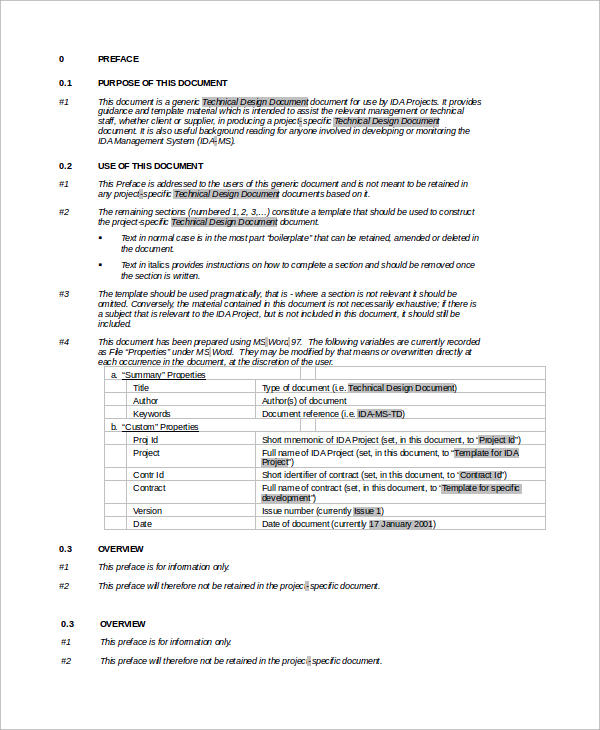

#Postico documentation password

Use this when connecting to your database to prevent snooping and man-in-the-middle attacks. Find your Connection Info and Connection String.This is best used when AUTOCOMMIT is in use. Transactions with multiple statements are not allowed.

Connections are returned to the pool after every statement. Some session-based PostgreSQL features such as prepared statements are not available with this option.Ī comprehensive list of incompatible features can be found here. Two consecutive transactions from the same clientĬould be executed over two different connections. A connection is only assigned to the client for the duration of a transaction. This is the suggested option for serverless functions. Afterward, the connection is returned back to the pool.Īll PostgreSQL features can be used with this option. When a new client connects, a connection is assigned to the client until it disconnects. Pool Mode determines how PgBouncer handles a connection.
#Postico documentation free
When the client transaction or session is completed the connection is returned to the pool and is free to be used by another client. When a client makes a request, PgBouncer "allocates" an available connection to the client. Supabase uses PgBouncer for connection pooling. How connection pooling works #Ī "connection pool" is a system (external to Postgres) which manages connections, rather than PostgreSQL's native system. For example, if you are using Prisma deployed to a Serverless environment. Direct connections are on port 5432.Ĭonnection pools are useful for managing a large number of temporary connections. You can connect to the database using any tool which supports Postgres.
#Postico documentation full
Direct connections #Įvery Supabase project provides a full Postgres database. You can find the API URL and Keys in the Dashboard. To do that you can use the dashboard or connect directly to your database. You cannot manage the database schema via the API (for security reasons). Realtime: listen to database changes over websockets.GraphQL: interact with your database through a GraphQL interface.REST: interact with your database through a REST interface.We provides several types of API to suit your preferences and use-case: This is the easiest way to get started if you are managing data (fetching, inserting, updating). a serverless environment)? If yes, use a connection pool. Are you connecting to your database and then disconnecting immediately (e.g.Are you connecting to a database and maintaining a connection? If yes, use a direct connection.You can use these simple questions to determine which connection method to use: Why would you use a connection pool? Primarily because the way that Postgres handles connections isn't very scalable for a large number of temporary connections. The API server internally handles a connection pool. You should use this for all browser and application interactions. The API is an auto-generated REST interface.You should use this for serverless functions and tools which disconnect from the database frequently. A "connection pool" is a system (external to Postgres) which keeps connections "open".You should use this for tools which are always alive - usually installed on a long-running server. A "direct connection" is when a connection is made to the database using Postgres' native connection implementation.Direct connections using Postgres' standard connection system.Supabase provides several options for programmatically connecting to your Postgres database: Types of Connection #


 0 kommentar(er)
0 kommentar(er)
